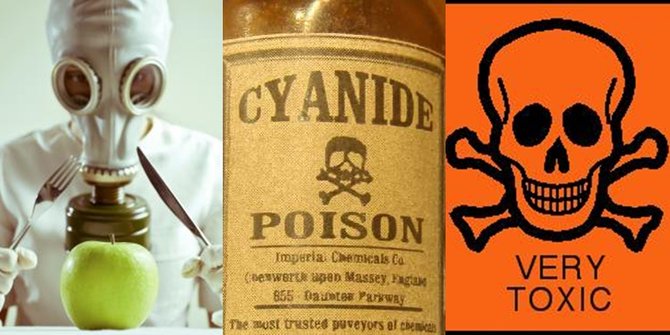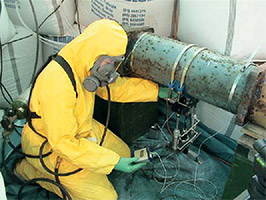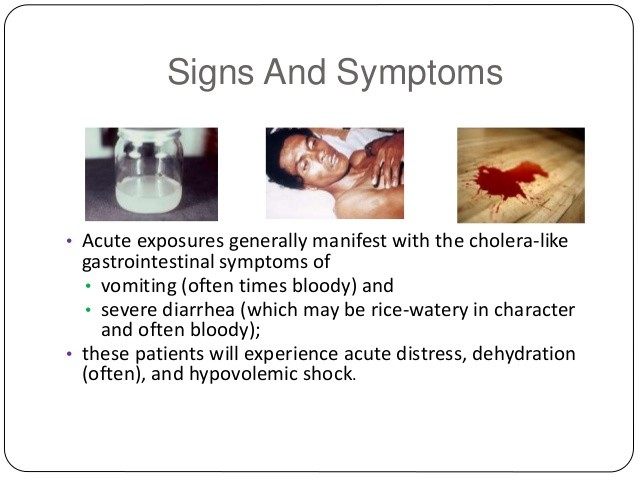Cyanide: What You Need to Know to Stay Safe
Cyanide can be found in many forms to gases that have no color or smell to solids and liquids that have distinctive odors and features. It is something that is produced naturally in the environment, and manufactured cyanide is also heavily-used in industrial applications. Cyanide is also lethal to humans if the dose passes a pretty low exposure threshold.
Most people associate cyanide with the infamous Chicago Tylenol murders in 1982. Police believe that the killing spree involved some lunatic inserted poisoned capsules into bottles of Tylenol on store shelves in pharmacies in the area. People would buy the bottles, grab some Tylenol when they didn’t feel good and then die from cyanide poisoning. A total of seven people died, a nationwide panic ensued and that incident led to the sealing of medicine bottles to prevent tampering. The suspect was never caught.
Lethal Doses
Cyanide is lethal in low doses, which is why it was also used as a suicide pill by soldiers, spies and anyone else who would prefer to die quickly. It only takes about ½ teaspoon to create a 90% kill rate within days of exposure.
However, different forms of cyanide will have different impacts on people based on the route of exposure, amount of cyanide ingested, weight, height and overall physical health. Exposure to cyanide gas, which is probably the biggest threat that we face in most circumstances, is the most dangerous as it enters the bloodstream through the lungs instead of the digestive system.
Symptoms
Cyanide blocks oxygen from reaching the cells in our bodies. This causes cells to become damaged and die relatively quickly, especially the heart and brain. Symptoms will vary slightly depending on how the gas was ingested. Breathing in cyanide will produce severe respiratory difficulty, including burning in the chest and lungs. Ingestion can cause severe stomach pain and indigestion as it passes through the digestive system.
Dizziness, headaches, rapid breathing and heart rate, nausea and vomiting, weakness, malaise and restlessness are all common symptoms of exposure. Severe exposure can lead to convulsions, a severe drop in blood pressure, a loss of consciousness, permanent lung, brain, heart or organ damage and death either from respiratory failure or a very slow heart rate.
Treatment
Initial treatment involves giving the patient oxygen until they can receive an antidote. Common antidotes include amyl nitrate, sodium nitrate and sodium thiosulfate. However, they should be administered by a physician in a controlled medical setting. However, kits are available for settings where chances of cyanide poisoning are high.
If exposed to cyanide gas, it is recommended that you leave the area and find fresh air as soon as possible. Keeping low to the ground will also reduce the amount of exposure since cyanide gas rises. Anyone who has come into contact with airborne or liquid cyanide should immediately remove their clothes and take a soapy or decontamination bath.
The level of care that is administered will depend on the level of exposure, and it can range for providing artificial respiration or oxygen to CPR or hypobaric oxygen therapy. Make sure to seek prompt medical attention after exposure as symptoms can take time to develop and cause long-term health effects. This is particularly true when exposed to small doses as symptoms may not be as severe and dramatic as those who take near-fatal or fatal doses.
Keep in mind that cyanide can easily be manufactured at home, and this has gotten the attention of the Department of Homeland Security as a possible threat. Unfortunately, it is not easy to purchase a cyanide antidote kit without a permit or order from a physician. Furthermore, there is little that someone can do once they have been exposed except get to a doctor. Consequently, it is important to be vigilant and aware of any potential threat that exists along with knowing what to do if exposed to this potentially-lethal substance.







